Wood Stoves for Different Home Size 2024
- August 25, 2023
- 0 comment
When considering a wood stove for your home, size is of paramount importance. Both the physical dimensions of the stove and its heating capacity need to match your space. Here’s a categorized and detailed look at various wood stoves tailored for different-sized homes, focusing on specific products:
For Cozy Spaces: Up to 900 sq. ft.
US Stove Wood-Burning EPA Certified Cast-Iron Stove
- Traditional cast-iron design
- EPA-certified for cleaner burning
- Tailored for spaces up to 900 sq. ft.
- Efficient wood consumption
- Burn time: 6-8 hours
- Heating efficiency: High
- BTU: 54,000
With its traditional cast-iron design, this stove evokes a sense of nostalgia. But it’s not just about aesthetics. Its EPA certification ensures it burns efficiently, producing fewer emissions and more heat from less wood. Its size and heating capacity are tailored for smaller spaces, making sure every corner of a room or cabin feels warm and inviting.
For Modest Homes: 901 to 1,800 sq. ft.
US Stove Wood-Burning Defender Stove on Legs
- Elevated design for better airflow and cleaning
- Modern metallic finish
- Suitable for spaces: 901 to 1,200 sq. ft.
- Strong and durable construction
- Burn time: 7-9 hours
- Heating efficiency: High
- BTU: 68,000
The raised design ensures enhanced airflow, while its metallic finish gives it a modern touch. This stove is both a statement piece and a reliable heating source for medium-sized homes, with a design that facilitates ease of cleaning.
Pleasant Hearth Wood-Burning Stove with Ash Lip and Blower
- Ash lip for cleaner operation
- Integrated blower for even heat distribution
- Suitable for spaces: 1,200 to 1,800 sq. ft.
- Burn time: 7-10 hours
- Heating efficiency: Medium-high
- BTU: 62,789
This stove’s ash lip minimizes the mess, capturing stray ash particles. Meanwhile, the integrated blower circulates heat effectively throughout a home’s open spaces, ensuring a consistent temperature.
GHP Group Inc Pleasant Hearth Wood-Burning Stove
- Compact design
- Minimalist aesthetic for modern homes
- Suitable for spaces: 901 to 1,500 sq. ft.
- Burn time: 6-8 hours
- Heating efficiency: Medium
- BTU: 56,107
Compact and efficient, this stove’s minimalist design is a fit for modern homes. Its heating capacity is deceptive, with the power to warm up sizable living areas consistently.
Pleasant Hearth Wood-Burning Stove with Legs
- Elevated design for enhanced heat distribution
- Suitable for spaces: 1,200 to 1,800 sq. ft.
- Burn time: 7-9 hours
- Heating efficiency: Medium
- BTU: 62,789
Elevated on legs, this model allows for better heat distribution in modest homes. Its design ensures that, despite its size, it remains an unobtrusive addition to a room while providing ample warmth.
For Spacious Homes: 1,801 to 2,500 sq. ft.
US Stove Wonderwood Wood Burning Stove Circulator
- Contemporary design
- Circulator for even heat distribution
- Suitable for spaces: 1,801 to 2,000 sq. ft.
- Burn time: 8-11 hours
- Heating efficiency: High
- BTU: 93,000
A contemporary design combined with the circulator functionality means this stove can handle larger spaces. Heat is evenly distributed, ensuring every area of a spacious home remains comfortable.
Pleasant Hearth Wood-Burning Pedestal Stove with Stainless Steel Ash Lip
- Pedestal design with stainless steel ash lip
- Suitable for spaces up to 2,200 sq. ft.
- Burn time: 7-10 hours
- Heating efficiency: Medium-high
- BTU: 70,000
Towering on a pedestal, this stove becomes a focal point in any room. The stainless steel ash lip adds a touch of elegance while offering practicality. Its design ensures even spacious interiors are enveloped in warmth.
Cleveland Iron Works Small Wood Stove
- Compact design
- Suitable for spaces: 1,501 to 2,000 sq. ft.
- Burn time: 6-8 hours
- Heating efficiency: Medium
- BTU: 60,000
The term ‘small’ is relative, as this stove packs a punch. Its robust build is suited for homes that bridge the gap between being spacious yet cozy, warming up larger areas without being overbearing.
Buck Stove Model 81 Wood Stove Fireplace Insert with Black Door
- Fireplace insert design with black door
- Suitable for spaces: 1,601 to 2,700 sq. ft.
- Burn time: 8-11 hours
- Heating efficiency: Medium-high
- BTU: 59,500
For homes with pre-existing fireplaces, this insert transforms them into efficient heating systems. Its range makes it ideal for spacious homes, bringing warmth and a classic aesthetic.
For Mansions & Large Homes: Above 2,500 sq. ft.
Cleveland Iron Works Medium Wood Stove
- Luxurious design
- Suitable for spaces: 2,001 to 2,500 sq. ft.
- Burn time: 8-12 hours
- Heating efficiency: High
- BTU: 75,000
A testament to luxury and efficiency. Its powerful heating capabilities combined with a regal design ensure vast spaces remain warm and inviting.
US Stove Wood-Burning EPA Certified Pedestal Stove with Blower
- Pedestal design with blower
- Suitable for spaces above 3,200 sq. ft.
- Burn time: 9-13 hours
- Heating efficiency: High
- BTU: 152,000
Designed for grandeur, this stove’s heating capacity caters to the most expansive of homes. Its blower ensures even the farthest corners receive consistent warmth.
Buck Stove Model 91 Wood Stove Fireplace Insert with Black Door
- Fireplace insert design with black door
- Suitable for very spacious homes above 3,200 sq. ft.
- Burn time: 9-13 hours
- Heating efficiency: High
- BTU: 62,745
For those mansions with traditional fireplaces, this insert offers a solution to upgrade to modern heating efficiency. Its design is a blend of classic and contemporary, ensuring large homes retain their ambiance.
Conclusion: Finding the Right Wood Stove for Your Space
The realm of wood stoves offers a blend of traditional charm and modern efficiency. From compact designs meant for snug cabins to grandiose models for vast mansions, there’s an array of options tailored to various spatial needs.
- For Quaint Settings (Up to 900 sq. ft.): The US Stove’s cast-iron variant is the epitome of nostalgia while ensuring efficiency and low emissions. Perfect for those who desire a touch of yesteryears in their cozy corners.
- Mid-Sized Residences (901 to 1,800 sq. ft.): The array of offerings from US Stove and Pleasant Hearth present a blend of functionality and design. Whether you’re looking for raised designs for better airflow, minimalistic aesthetics for modern homes, or ash lips for mess-free environments, there’s a model crafted for you.
- For Expansive Dwellings (1,801 to 2,500 sq. ft.): Larger homes demand robust heating solutions. Enter the US Stove Wonderwood Circulator, the towering Pleasant Hearth Pedestal Stove, and the versatile offerings from Cleveland Iron Works and Buck Stove. These units ensure that no corner of a sizable home remains chilly.
- Mansions & Grand Estates (Above 2,500 sq. ft.): The epitome of luxury and grandeur is represented by Cleveland Iron Works and the EPA-certified US Stove models. From regal designs to powerful blowers that radiate warmth across vast interiors, these stoves cater to the elite.
To encapsulate, the wood stove market offers a plethora of choices tailored to different spatial needs. Each product, distinct in its design and functionality, ensures that irrespective of your dwelling’s size, the essence of warmth, comfort, and charm is omnipresent. Whether it’s the embrace of a traditional aesthetic or the allure of contemporary designs, your quest for the perfect wood stove finds its end here.
Wood Stove Safety Guidelines
Chilly weather beckons many to seek warmth indoors. To combat high heating costs and maintain a toasty environment, numerous homeowners opt for alternative heating methods, with wood stoves emerging as a popular choice alongside fireplaces and pellet stoves.
Each heating alternative presents its own set of advantages, serving as a main or supplementary heat source when used correctly. With proper installation, maintenance, and operation, these heating methods can promise safety, efficiency, and long-lasting warmth.
Like all home systems, wood stoves demand specific care to ensure safety and longevity. In this guide, we delve into the intricacies of wood stoves, discussing their various categories and offering safety tips.
Categories of Wood Stoves
Wood stoves stand out for their efficiency, often outperforming traditional fireplaces in heat production.
Broadly, wood stoves fall into two groups:
- Wood Stove Inserts: These snugly fit into an existing fireplace and employ the chimney for ventilation. Many are accompanied by an electric blower to spread heat evenly.
- Freestanding Wood Stoves: Positioned prominently in a room, these stoves connect to the chimney via a specific connector. Some might use an existing fireplace’s flue, while others need a separate chimney.
Operating Your Wood Stove
Before igniting your wood stove, ensure your chimney undergoes a thorough inspection to confirm its compatibility with the stove. Due to the intense heat wood stoves produce, the chimney must be crafted from masonry (with sound flue tiles) or designed exclusively for wood combustion.
For freestanding wood stoves:
- Position them close to the chimney to minimize flue pipe length.
- Be wary of the pipe’s heat during operation.
- Ensure accessible inspection and cleaning pathways for both stove and chimney.
If your new home features a wood stove, have it checked for operational safety and gather insights on its correct usage to prevent accidents.
Never place a freestanding wood stove on flammable surfaces like wooden floors. Avoid connecting it to a chimney flue catering to another device to evade fires or carbon monoxide leaks. Always verify the stove’s adherence to contemporary safety standards and its certification by recognized testing bodies.
Wood Stove Safety Protocol
To maximize warmth and safety, adhere to the following pointers:
Do:
- Maintain a safe distance for children, pets, and combustibles from the hot stove.
- Install functional carbon monoxide and smoke alarms throughout the house.
- Discard ashes wisely in a covered metal container placed away from structures.
- Schedule regular chimney inspections, especially before the heating season, and watch out for creosote accumulation.
- Annually, have professionals inspect the wood stove, paying heed to wear points.
- Monitor the stove for damage, corrosion, or unusual signs.
Don’t:
- Avoid excessive fires that exceed the stove’s capacity, as they might cause damage or result in home fires.
- Regularly remove ash accumulation at the bottom to ensure proper airflow.
- Restrict burning to wood only, preventing potential stove damage or hazardous emissions.
Embracing wood stoves as your heating alternative, be it freestanding or an insert, can be rewarding. With diligence in maintenance and a keen focus on safety, you can enjoy comforting warmth throughout the chilly months.
Frequently Asked Questions
- How do I determine the right stove size for my home?
Choose a stove based on the square footage of the area you want to heat. We’ve categorized them into Cozy Spaces (up to 900 sq. ft.), Modest Homes (901-1,800 sq. ft.), Spacious Homes (1,801-2,500 sq. ft.), and Mansions & Large Homes (Above 2,500 sq. ft.). - Does the US Stove Wood-Burning EPA Certified Cast-Iron Stove require frequent refueling due to its size?
While its design is for smaller spaces, its EPA certification ensures efficient burning, meaning fewer emissions and more heat from less wood, potentially reducing the frequency of refueling. - How does the raised design of the US Stove Wood-Burning Defender Stove on Legs benefit me?
The elevated design ensures enhanced airflow, which may lead to more efficient combustion and ease of cleaning underneath the stove. - What’s the primary advantage of having an ash lip in the Pleasant Hearth Wood-Burning Stove?
The ash lip helps in capturing stray ash particles, reducing the mess around the stove and making cleanup easier. - How does the circulator functionality in the US Stove Wonderwood Stove differ from traditional stoves?
The circulator functionality helps in distributing heat more evenly throughout spacious interiors, ensuring consistent warmth in all areas. - I already have a fireplace; can I upgrade it using the Buck Stove Model 81 Fireplace Insert?
Yes, the Buck Stove Model 81 is designed to transform pre-existing fireplaces into more efficient heating systems while maintaining a classic aesthetic. - Are the wood stoves for larger homes more challenging to install due to their size?
While some models might be larger, professional installation should ensure a smooth setup. Always consult with the manufacturer or a professional before installation. - The Buck Stove Model 91 is an insert; does it offer the same heating efficiency as standalone stoves for large homes?
The Buck Stove Model 91 Fireplace Insert is designed to blend classic and contemporary aesthetics while providing modern heating efficiency. It’s tailored for large homes, ensuring a balance between appearance and functionality. - How often should I clean or service these wood stoves?
Regular maintenance ensures longevity and efficiency. It’s best to refer to the manufacturer’s guidelines and consider factors like usage frequency and wood type.
We’re eager to learn from you! Feel free to discuss your individual encounters and perspectives regarding Wood Stoves for Different Sized Homes in the space provided for comments. Your valuable insights have the potential to guide other homeowners in making well-informed choices!

David Murray
Forestry AuthorI'm David Murry, a forestry equipment specialist with a focus on chainsaw operation. With over 13 years of experience, I've honed my skills in operating and maintaining a wide range of machinery, from chainsaws to log splitters. My passion for the outdoors and commitment to sustainable forestry drive my work, which emphasizes safety, efficiency, and staying updated with industry advancements. Additionally, I'm dedicated to sharing my expertise and promoting environmental awareness within the forestry community.


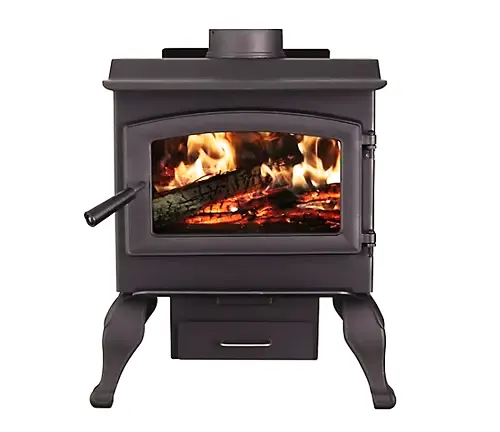




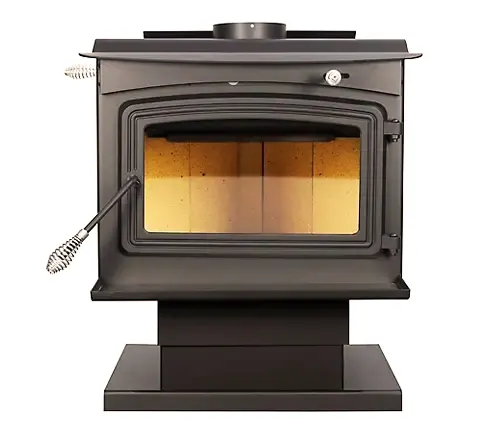
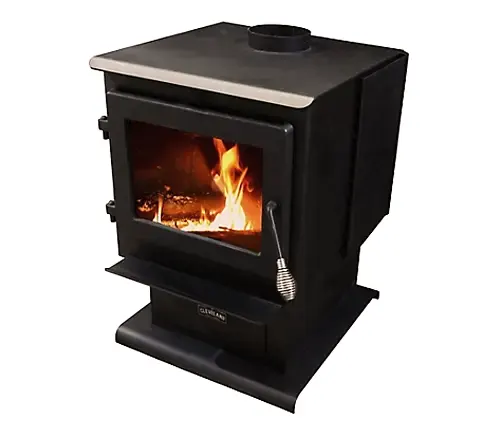
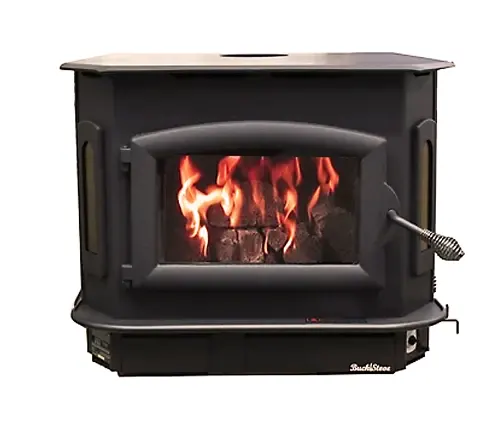
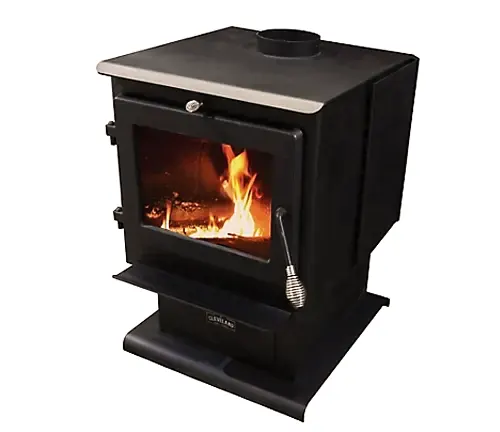


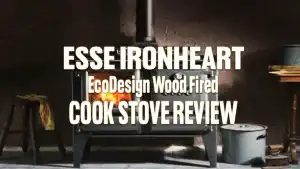

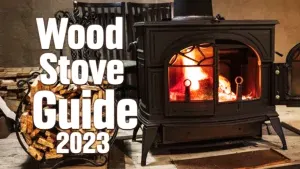

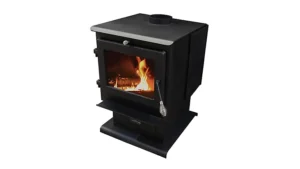

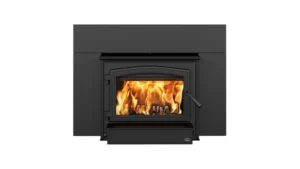





Leave your comment